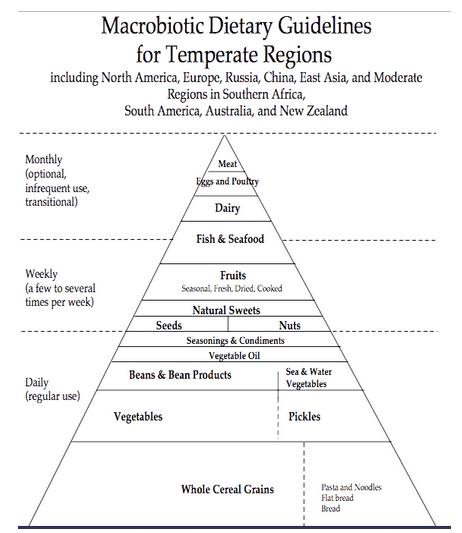The aim of the Macrobiotic Diet is to bring you enlightenment, or at least some form of healthy well-being, by teaching you how to thoughtfully choose what you eat.
Sounds a little philosophical, right?
The macrobiotic diet is almost like a mix between Buddhism and western diets like veganism. Supporters of the macrobiotic diet believe you’ll live longer and avoid more illnesses if you follow their strict way of eating. Even the name ‘macrobiotic’ comes from words meaning “long life,” by combining the Greek words macro and bio.
I was definitely intrigued so I decided to do a little research on the secret diet responsible for a long, healthy life…
- What Is The Macrobiotic Diet?
- What Can You Eat on the Macrobiotic Diet?
- Some Macrobiotic Practices May Surprise You
- How Many Times Does A Macrobiotic Chew Their Food?
- How Healthy Is The Macrobiotic Diet?
- Macrobiotic Supplements
- Final Thoughts
Table of Contents
+What Is The Macrobiotic Diet?
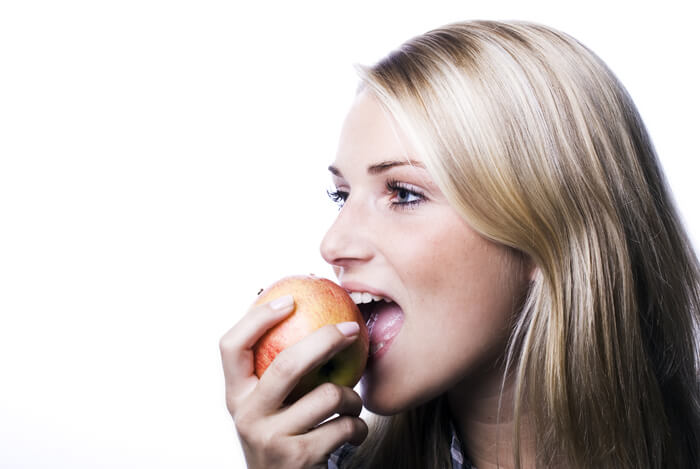 WebMD states: “Macrobiotic dieters are encouraged to eat regularly, chew their food extremely well, listen to their bodies, stay active, and maintain a perky, positive mental outlook”.
WebMD states: “Macrobiotic dieters are encouraged to eat regularly, chew their food extremely well, listen to their bodies, stay active, and maintain a perky, positive mental outlook”.
Supporters believe that by comprising your diet mostly of grains and vegetables, and limiting the amount of animal products, your health and happiness will both benefit greatly.
Followers of macrobiotic diets also believe that you have to balance the “yin” in some foods with the “yang” in others.
Yin foods are said to be “passive” and include cold foods and sweets.
Yang foods, on the other hand, are more “aggressive” like warm and/or salty foods.
Your diet should include a balance between yin foods and yang foods, making sure not to eat too many sweets, or too many salty snacks.
Supporters of the macrobiotic diet, or macrobiotics, believe that whole food, like what’s grown in nature without pesticides, contains energy. That energy is transferred to our bodies when we eat it. Factors like where the food was grown, how it was handled, etc., all affect the food’s energy, which in turn affects us when we eat it.
To me, it seems like the macrobiotic diet is really more of a lifestyle, or even a philosophy, but it’s all centered around holistic nutrition.
Since the macrobiotic diet has been around for centuries, there’s no one specific diet plan. Rather, there are general guidelines about what you should or should not be eating. The goal is to eat and drink whatever your body feels like eating to balance itself towards peace.
I want to make this clear–there’s no research that the macrobiotic diet is the best way to eat. But, if you’re curious how it works, this article will show you.
What Can You Eat on the Macrobiotic Diet?
 Macrobiotics places a big emphasis on sourcing natural, local food to eat. Ideally, all of your food should come from within a 300 to 500 mile radius of your home, which is what the currently popular farm-to-table trend also believes.
Macrobiotics places a big emphasis on sourcing natural, local food to eat. Ideally, all of your food should come from within a 300 to 500 mile radius of your home, which is what the currently popular farm-to-table trend also believes.
Everything should also be a whole food, nothing should be processed, and it should all be organic.
Michio Kushi, one of the founders of the Kushi Institute, which many consider to be a mecca for the macrobiotic movement, created this standard food pyramid for macrobiotic dietary and lifestyle suggestions:
Whole Grains
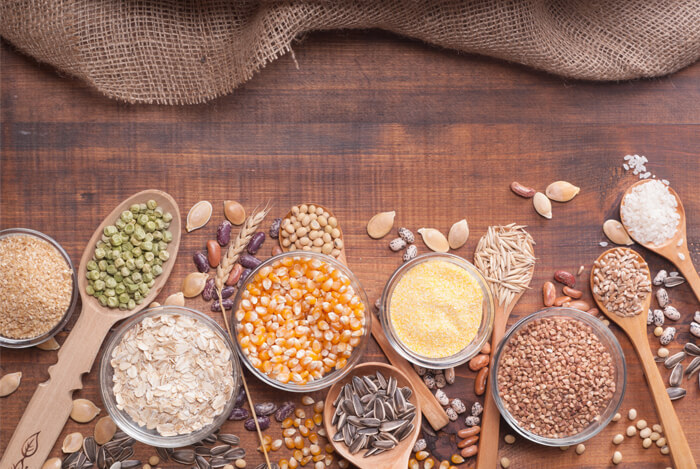 As you can see from the pyramid, whole grains are at the base of every macrobiotic diet. Macrobiotic supporters believe that 40-60% of your diet by weight should come from organic whole grains like:
As you can see from the pyramid, whole grains are at the base of every macrobiotic diet. Macrobiotic supporters believe that 40-60% of your diet by weight should come from organic whole grains like:
- oats
- barley
- rye
- millet
- corn
- buckwheat
- brown rice
However, notice that little corner in the bottom right of the pyramid? Macrobiotics do allow for the occasional noodles and pasta, and other partially processed grains.
Moving up the pyramid, we come to the veggies.
Vegetables
 20-30% of your macrobiotic diet should come from locally grown vegetables. However, unlike the unlimited about of vegetables you can eat on both vegan and vegetarian diet plans, macrobiotics forbids you from eating certain kinds of veggies.
20-30% of your macrobiotic diet should come from locally grown vegetables. However, unlike the unlimited about of vegetables you can eat on both vegan and vegetarian diet plans, macrobiotics forbids you from eating certain kinds of veggies.
You can eat all these veggies daily: green cabbage, kale, broccoli, cauliflower, collards, pumpkin, watercress, parsley, Chinese cabbage, bok choy, dandelion, mustard greens, daikon greens, scallion, onions, daikon radish, turnips, burdock, carrots, and winter squash such as butternut and acorn squash.
However, you can only eat these veggies occasionally, about two to three times a week: cucumber, celery, lettuce, and herbs such as dill and chives.
And last, but not least, you can chow down on these veggies sparingly, if at all: zucchini, artichoke, asparagus, bamboo shoots, beets, avocado, eggplant, fennel, ginseng, green or red pepper, spinach, okra, potato, rhubarb, potatoes, Swiss chard, and tomato.
Who knew there could be so many rules about vegetables?
But we’re not done yet. You have specific guidelines on what to do with those veggies.
For instance, most of your veggie choices should be lightly steamed, blanched, or sauteed with unrefined, cold-pressed oil. Only a small portion of your veggies should be eaten as raw salad. And an even smaller portion is reserved for pickled veggies.
Beans and Sea Vegetables
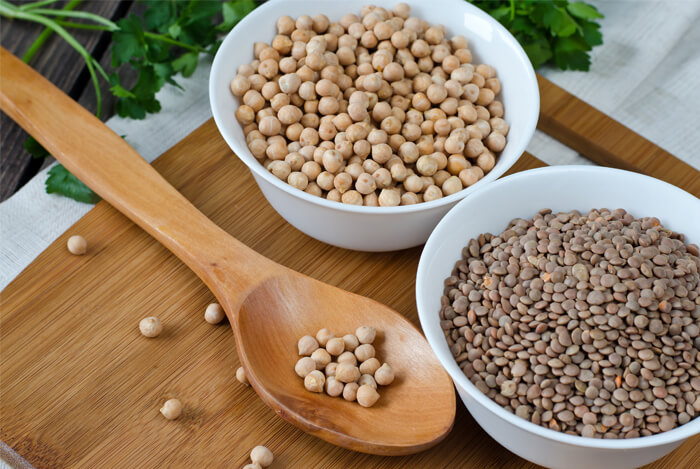 This unlikely clique of beans, bean products, and sea vegetables should make up 5-10% of what you eat. These plant-based sources of protein replace the animal proteins in a typical, standard diet.
This unlikely clique of beans, bean products, and sea vegetables should make up 5-10% of what you eat. These plant-based sources of protein replace the animal proteins in a typical, standard diet.
But again, not all beans are created equal; azuki, chickpeas, and lentils are ok for daily use, but other beans should only be eaten occasionally. Keep in mind that you should only eat beans once a day too.
As far as bean products, you can choose from soybean options such as tofu, tempeh, natto, and miso. These should be regular food options to eat once or twice a week.
If you’re into iron-rich sea veggies like nori, wakame, kombu, dulse, and agar-agar, feel free to eat these in conjunction with your amount of beans to stay within the group guideline. You definitely want the extra sea veggies because they’ll supply your body with calcium, beta carotene, and vitamin B-12.
Your remaining dietary percentages should be divided over the course of a week. These shouldn’t be consumed daily, but only a few times a week.
Nuts and Seeds
 Even though we know that nuts are chock full of healthy fats and omegas, macrobiotics only nosh on about one to two cups every week. This goes the same for seeds and nut butters.
Even though we know that nuts are chock full of healthy fats and omegas, macrobiotics only nosh on about one to two cups every week. This goes the same for seeds and nut butters.
Nuts and seeds should be lightly roasted. Nuts like chestnuts, almonds, walnuts, peanuts, and pecans are regarded as the best. Macrobiotics also prefer pumpkin, sesame, and sunflower seeds as their favorite seeds to chow down on.
Conversely, you should use Brazil nuts, cashews, macadamia nuts, hazelnuts, and pistachio nuts sparingly, or not at all.
Fish and Seafood
 While fish aren’t necessarily part of vegan or vegetarian diets, you’ll find fatty types of fish in healthy plans like the Mediterranean and DASH diets because those fish provide heart-healthy omega fatty acids that help lower cholesterol.
While fish aren’t necessarily part of vegan or vegetarian diets, you’ll find fatty types of fish in healthy plans like the Mediterranean and DASH diets because those fish provide heart-healthy omega fatty acids that help lower cholesterol.
However, macrobiotics do not like fatty fish at all.
If you’re going to have an occasional bit of seafood on the macrobiotic diet, it must be freshly caught, local, non-fatty white fish like flounder, cod, sole, halibut, carp, or trout.
You can enjoy fish up to two or three times a week.
Fruit
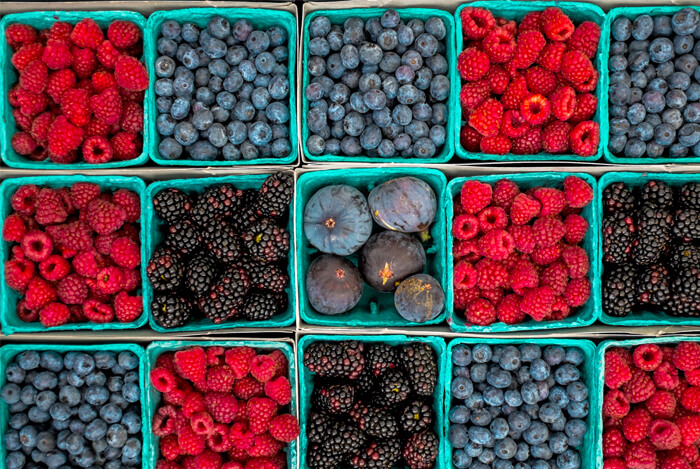 Something that surprised me was how little fruit macrobiotics tend to eat. According to their plan, you should only be eating fruit occasionally, just a few times a week.
Something that surprised me was how little fruit macrobiotics tend to eat. According to their plan, you should only be eating fruit occasionally, just a few times a week.
Remember: all your fruit should be locally picked and organic. Pay attention to the seasons to see what type of fruit is actually growing in your region during that time.
You can take your pick of tree fruit or berries such as blackberries, raspberries, apples, pears, peaches, plums, apricots, blueberries, strawberries, grapes, honeydew, watermelon, and cherries.
But there’s not a lot of love for tropical fruit in the macrobiotic world.
According to macrobiotics, you should only partake in tropical fruit like coconut, banana, dates, figs, papaya, pineapple, mango, and citrus sparingly or not at all.
Which brings us to the foods macrobiotic dieters dislike the most.
Meat, Poultry, Dairy, and Others
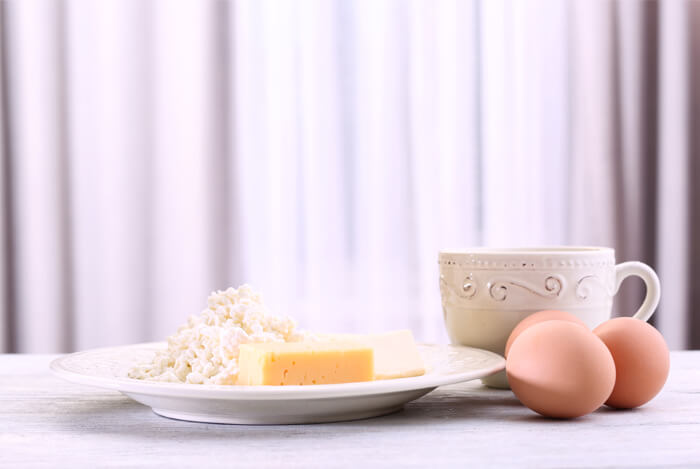 Deciding to follow a macrobiotic diet takes a lot of commitment and dedication. When you’re transitioning to a macrobiotic diet, you’re allowed to eat meat, poultry, and dairy occasionally until you fully absorb yourself into the whole grain and veggie universe.
Deciding to follow a macrobiotic diet takes a lot of commitment and dedication. When you’re transitioning to a macrobiotic diet, you’re allowed to eat meat, poultry, and dairy occasionally until you fully absorb yourself into the whole grain and veggie universe.
However, some macrobiotic followers allow a monthly indulgence on these animal products if the urge to eat them is still there.
Strictly speaking, though, these are the most common foods forbidden by the macrobiotic diet:
- All dairy
- All meat
- All poultry
- Eggs
- Processed food
- Spicy food
- Refined sugar
- Fruit juice
- Soda
- Strong alcohol
- Coffee
- Honey
- Chocolate
- Fragrant, stimulating teas like mint
The thinking behind semi-banning these foods is that these specific foods disrupt our body’s imbalance and cause it to lean too far yin or too far yang.
Some Macrobiotic Practices May Surprise You
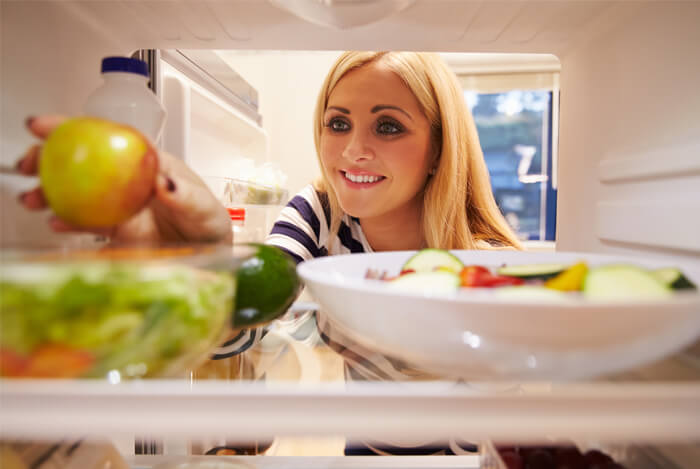 Hardcore macrobiotic followers don’t use electricity! I don’t know if I could survive without an oven or refrigerator.
Hardcore macrobiotic followers don’t use electricity! I don’t know if I could survive without an oven or refrigerator.
Others only cook with pans or utensils that are made from materials that are natural-based, like cast iron or clay. When macrobiotics do cook, the favored methods are lightly steaming, boiling, pressure cooking, stewing, pickling, or quick sauteing with unrefined, cold-pressed oil.
However, on occasion, macrobiotics may broil, bake, dry roast, pan fry, deep-fry, juice, or eat food raw.
Also, if you follow the macrobiotic diet, you will only be eating two or three times a day. No snacks in between meals either.
And contrary to what Mom used to tell us, you don’t have to finish everything on your plate. Macrobiotics believe in stopping before you’re full. They say this is something you’ll learn to get better at once you start paying closer attention to your body and your eating habits.
How Many Times Does A Macrobiotic Chew Their Food?
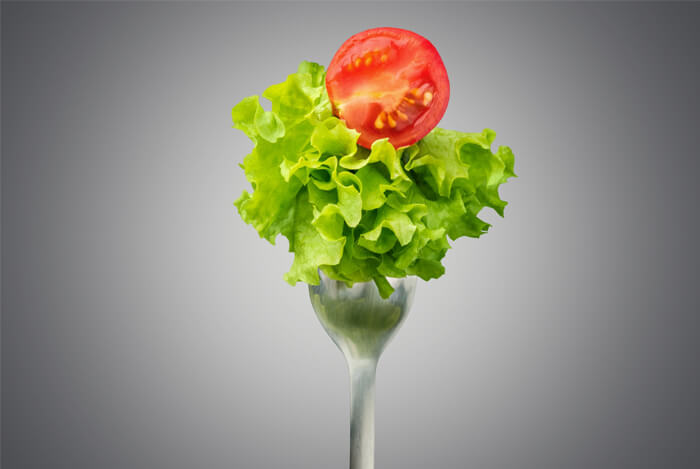
This is not a riddle, I swear.
When macrobiotics eat, they routinely take the time to be thankful for their food, often reflecting on Mother Nature and the farmers who united together to bring their food to them.
But, they also make sure to chew each bite of their food at least 50 times. Macrobiotic supporters believe that if you chew your food until it becomes liquified, it will be easier for your body to digest.
Even though macrobiotics may take the time to be mindful during this time, their bodies are already hard at work. While chewing this much may seem excessive, it may help digest the large amount of plants you have to eat on a macrobiotic diet.
How Healthy Is The Macrobiotic Diet?
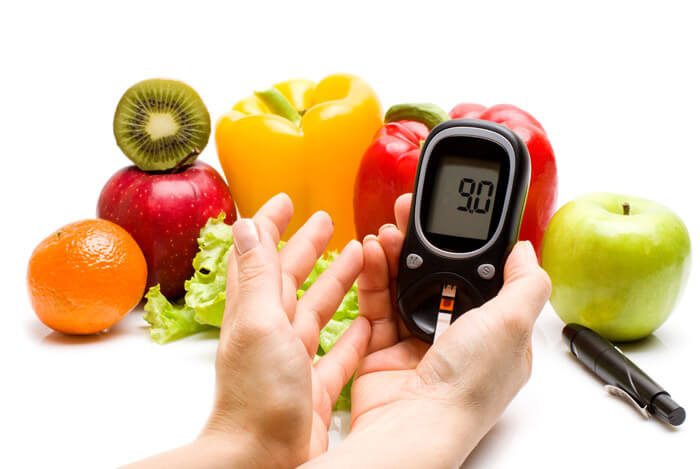 Though macrobiotic advocates claim that following their diet may prevent cancer, or even eliminate cancer, there aren’t any scientifically backed studies to prove this.
Though macrobiotic advocates claim that following their diet may prevent cancer, or even eliminate cancer, there aren’t any scientifically backed studies to prove this.
However, the macrobiotic diet may be good for those suffering with type 2 diabetes, at least compared with the normal American diet.
According to a study published in the World Journal of Diabetes, the macrobiotic diet which is a “diet is rich in carbohydrates, whole grains and vegetables, with no animal fat or protein or added sugar…has been found to significantly improve indicators of metabolic control, including fasting blood glucose, glycosylated hemoglobin, the serum lipid profile, body mass index, body weight and blood pressure”.
Research published in the journal of Nutrition in Clinical Practice stated that,“studies indicating lower serum lipid levels and blood pressure in people following a macrobiotic diet than in the general population suggest it to be an effective preventive strategy for cardiovascular disease”.
Even though these are amazing results, there are some holes in the macrobiotic diet and they come in the form of nutrient deficiency.
Macrobiotic Supplements
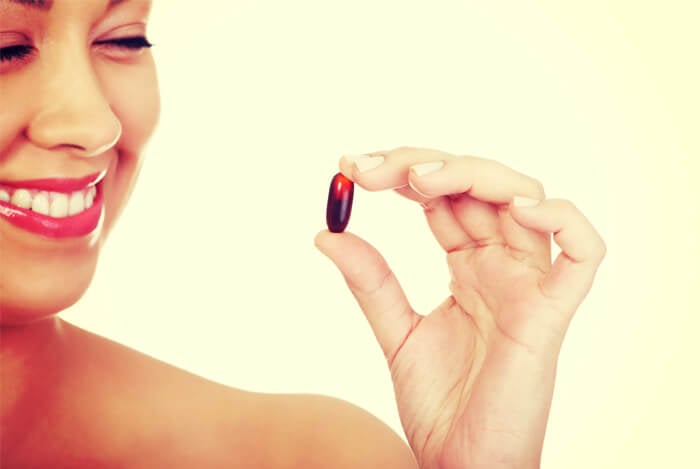 Since macrobiotics follow a similar diet as vegans and vegetarians, they also share the same vitamin and mineral deficiencies.
Since macrobiotics follow a similar diet as vegans and vegetarians, they also share the same vitamin and mineral deficiencies.
A study published in Nutrition Reviews discovered that: “Higher rates of [vitamin B-12] deficiency were reported among vegans compared to vegetarians and among individuals who had adhered to a vegetarian diet since birth compared with those who had adopted such a diet later in life”.
Vitamin B-12, an essential nutrient, is typically found in animal products and seafood so I would consider adding this supplement to any macrobiotic diet.
Macrobiotics also often lack vitamin D. Most people absorb this vitamin from dairy products such as milk and cheese and fatty fish like tuna and salmon, but since those are off limits, macrobiotics will either need to grab their fill of the vitamin by eating lots of dark greens such as kale, collards, and bok choy, or by hanging out in the sunshine for a few minutes every day.
Something tells me you won’t have to twist a macrobiotic’s arm to get him to spend some more time out in nature.
Final Thoughts
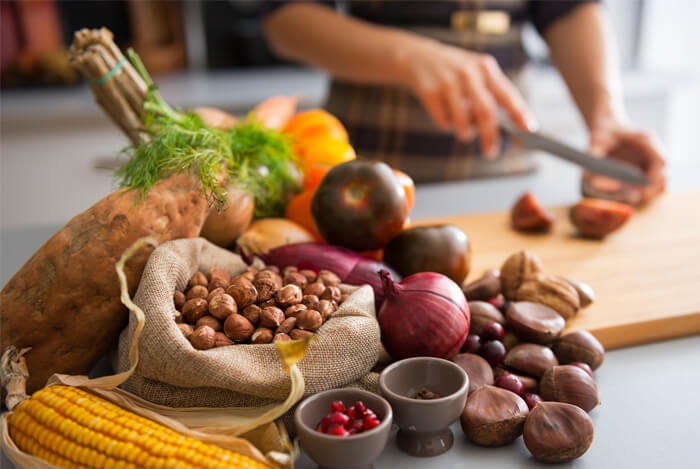
We know that diets rich in whole grains and vegetables are healthy. We also know that limiting refined sugars and processed foods will make us even happier. But I’m not quite sure that I will find the same sort of enlightenment touted by macrobiotics just by tweaking how often I eat beans.
But hey, whatever floats your boat, right?
As long as you’re eating healthy food, exercising, and avoiding processed junk, you’re doing a lot better than some other people who don’t care nearly as much about their health.
What’s your take on the macrobiotic diet? Have anything else you’d like to share? Let me know in the comments below!
Scientific References +
- Fallucca, F. (2015). Gut microbiota and Ma-Pi 2 macrobiotic diet in the treatment of type 2 diabetes. World Journal of Diabetes, 6(3), 403. https://doi.org/10.4239/wjd.v6.i3.403
- Lerman, R. H. (2010). The macrobiotic diet in chronic disease. In Nutrition in Clinical Practice (Vol. 25, Issue 6, pp. 621–626). Nutr Clin Pract. https://doi.org/10.1177/0884533610385704
- Pawlak, R., Parrott, S. J., Raj, S., Cullum-Dugan, D., & Lucus, D. (2013). How prevalent is vitamin B12 deficiency among vegetarians? In Nutrition Reviews (Vol. 71, Issue 2, pp. 110–117). Nutr Rev. https://doi.org/10.1111/nure.12001
